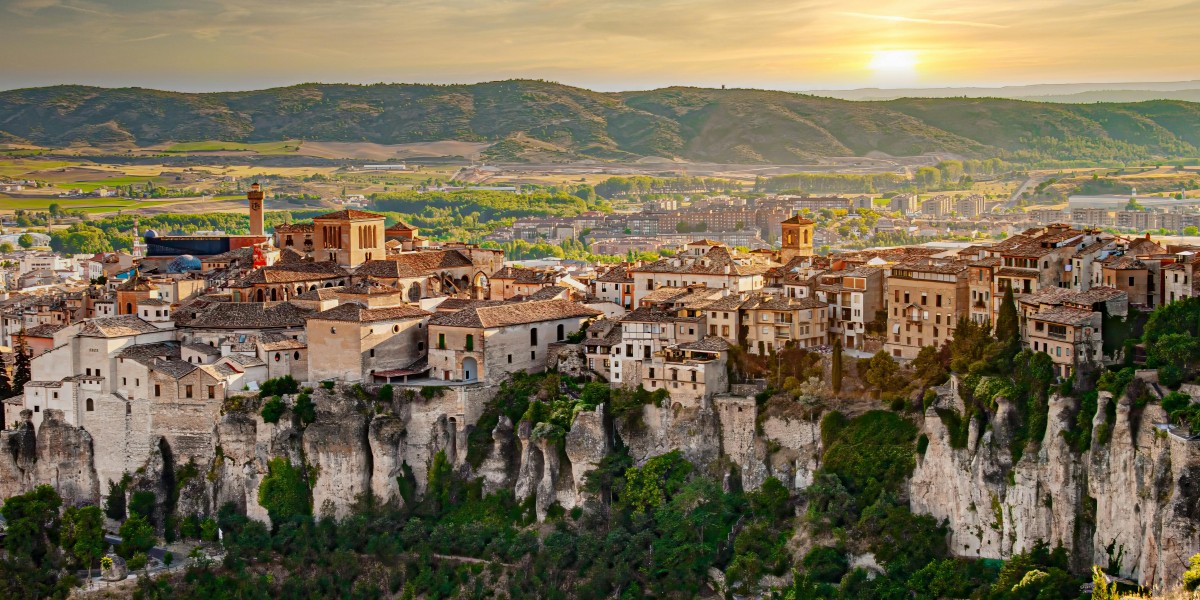
Spain has an extraordinary number of entire towns and cities recognised as World Heritage Sites, places where the streets themselves tell centuries-old stories. In these UNESCO heritage towns, Roman, Moorish, and Renaissance history aren't just scenery for a quick visit; it's the backdrop to everyday life, and it’s easy to find yourself wondering what it would be like to call one home. The sheer scale of this heritage is quite something, and getting a sense of Spain's UNESCO World Heritage sites really puts the country's cultural wealth into perspective.
- Historic walled town of Cuenca
- Historic centre of Córdoba
- Old town of Segovia and its aqueduct
- Santiago de Compostela's old town
- Historic city of Toledo
- Old town of Salamanca
- Old town of Cáceres
- Old Town and churches of Ávila
- Roman Walls of Lugo
- Completing the list: Spain's other UNESCO World Heritage towns
- A deeper look into Spain's UNESCO World Heritage Sites
Historic walled town of Cuenca
A fortified city suspended over deep gorges
The walled town of Cuenca is on the UNESCO list due to its remarkable preservation and its dramatic position, spectacularly built into the cliffs. The old town is built on a narrow, rocky spur between two deep river gorges, making it feel like a fortress suspended in the air.
Its most famous sight is the Casas Colgadas, or Hanging Houses, which seem to cling impossibly to the cliff edge. It’s a fantastic place for a wander, with its preserved medieval walls and castle ruins. For the best view of the Hanging Houses and the gorges, you can walk across the San Pablo footbridge.
Historic centre of Córdoba
Where cultures converge in a single historic site
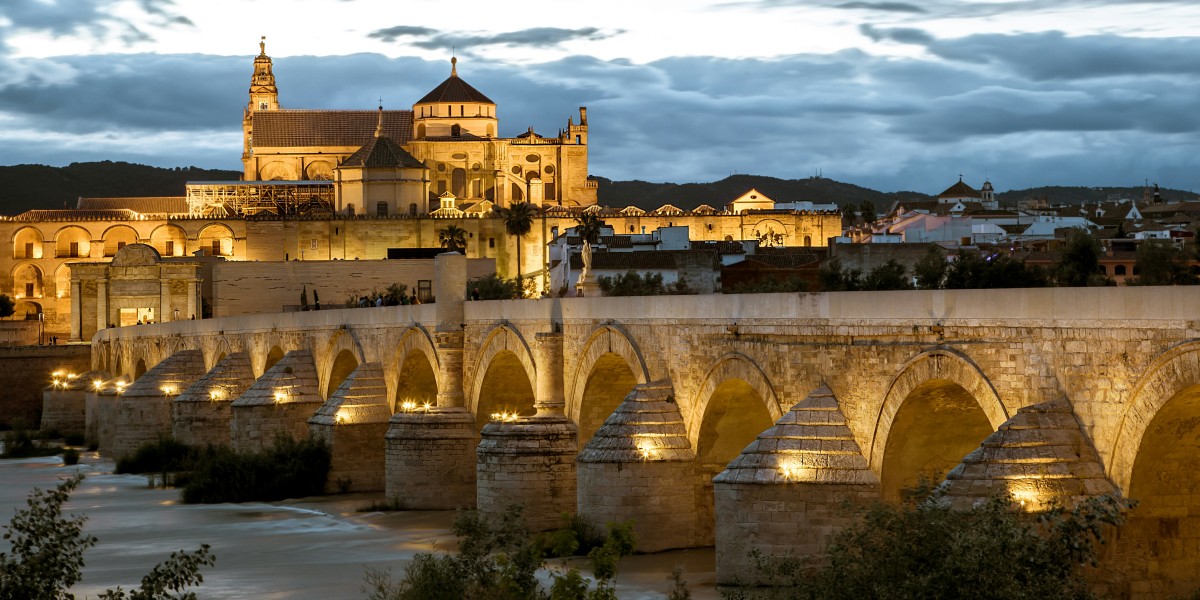
Córdoba is a city where you can feel layers of history just by walking around. The UNESCO highlight is the Mezquita-Cathedral, which stands as an architectural testament to the city's multicultural past. From the outside, it’s a grand cathedral, but the moment you step inside, you're in a forest of red-and-white striped arches from its time as a great mosque.
Once you’re back outside, the best thing to do is get lost in the old Jewish Quarter, the Judería. It’s a lovely tangle of narrow, whitewashed lanes where you can peek into hidden patios bursting with flowers. As evening approaches, a walk across the old Roman Bridge gives you a wonderful view of it all.
Old town of Segovia and its aqueduct
A testament to magnificent Roman engineering
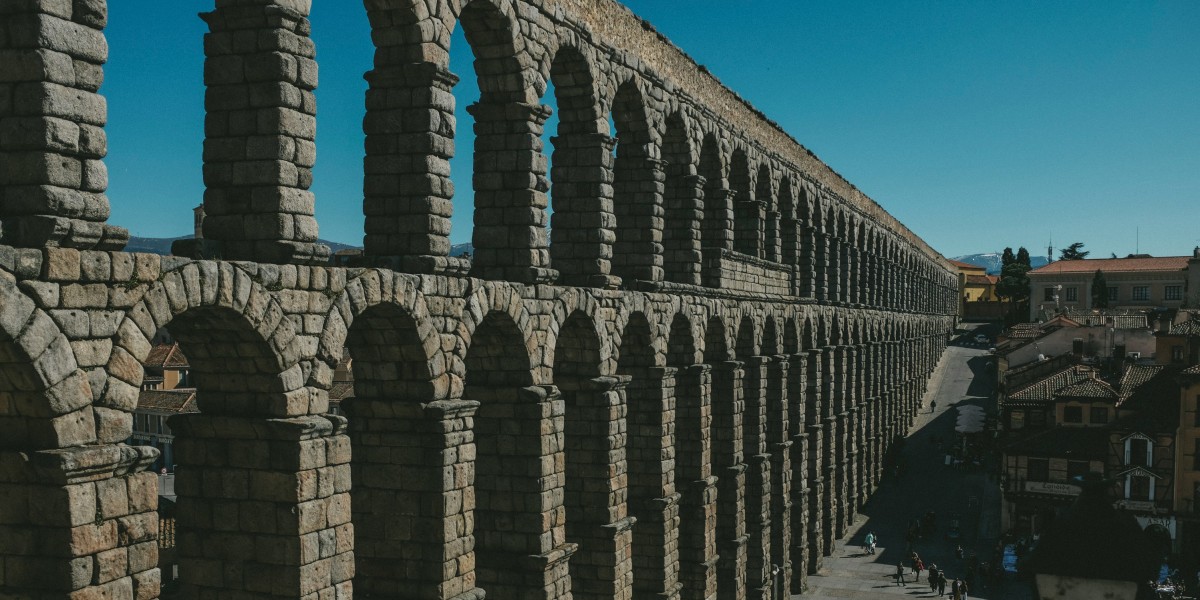
This city earned its place on the World Heritage List thanks to its extraordinary Roman aqueduct. It cuts right through the town, a massive structure that has stood for almost two millennia without a drop of mortar to hold its stones together.
The old town it guards is just as captivating. You can wander up to the Alcázar of Segovia, which looks like a castle straight out of a fairy tale. The city also has an enormous cathedral, which was the very last Gothic cathedral to be built in Spain.
Santiago de Compostela's old town
The culmination of a historic pilgrimage route
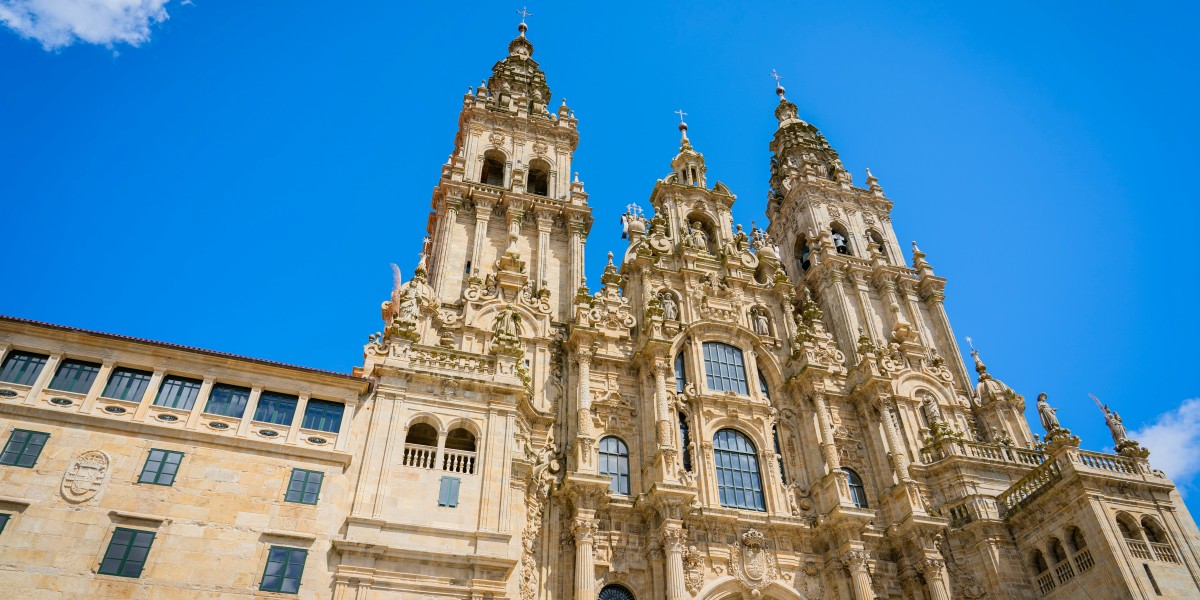
Santiago de Compostela is honoured as one of Christianity's most important holy cities and the historic destination of the Camino de Santiago pilgrimage route. This sense of history and spiritual energy is everywhere, especially in its magnificent cathedral, which is a mixture of different architectural styles.
The heart of the city is the Praza do Obradoiro, the grand square in front of the cathedral. It’s a great place to just sit and watch the weary but elated pilgrims arriving. The whole old town has a lively, timeless feel, with stone arcades and little eateries tucked away down side streets.
- Property for sale in Santiago de Compostela
- Long-term rentals in Santiago de Compostela
- Holiday rentals in Santiago de Compostela
Historic city of Toledo
The 'City of Three Cultures'
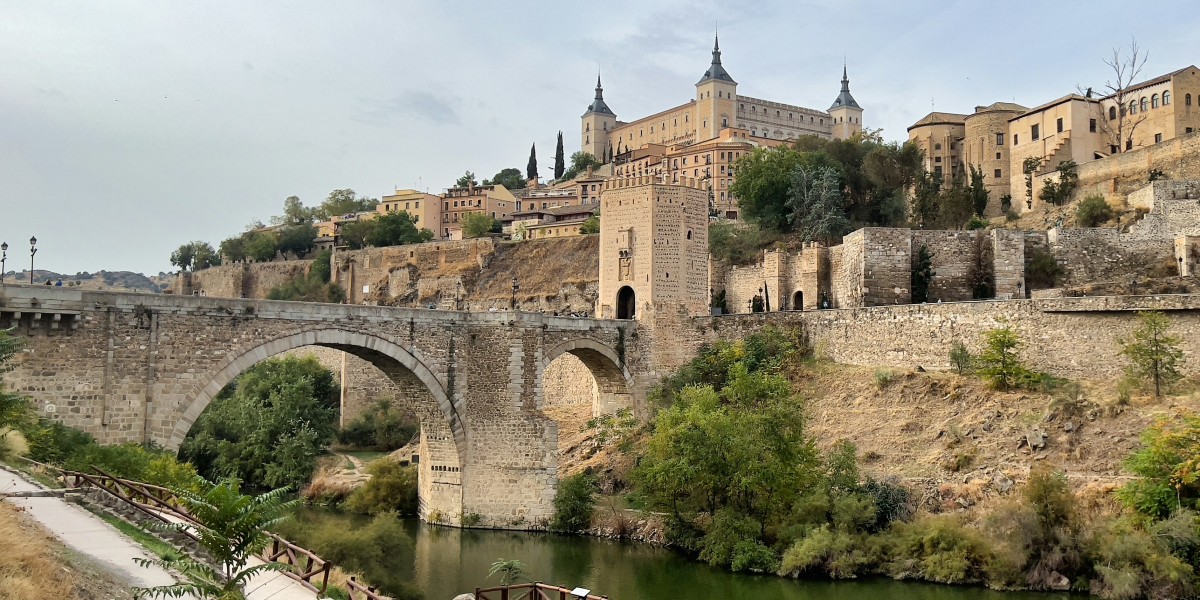
Toledo is protected as a living museum where centuries of Christian, Muslim, and Jewish history are preserved side-by-side. Perched dramatically on a hill overlooking a river, you can still trace this shared history through Toledo's buildings.
You can visit the beautiful Synagogue of Santa María la Blanca, then see the former Mosque of Cristo de la Luz, and finish at the city’s immense Primate Cathedral. As it was once the capital of the Spanish Empire, the entire city has a grand, important feel to it.
Old town of Salamanca
Home to one of Europe's oldest universities
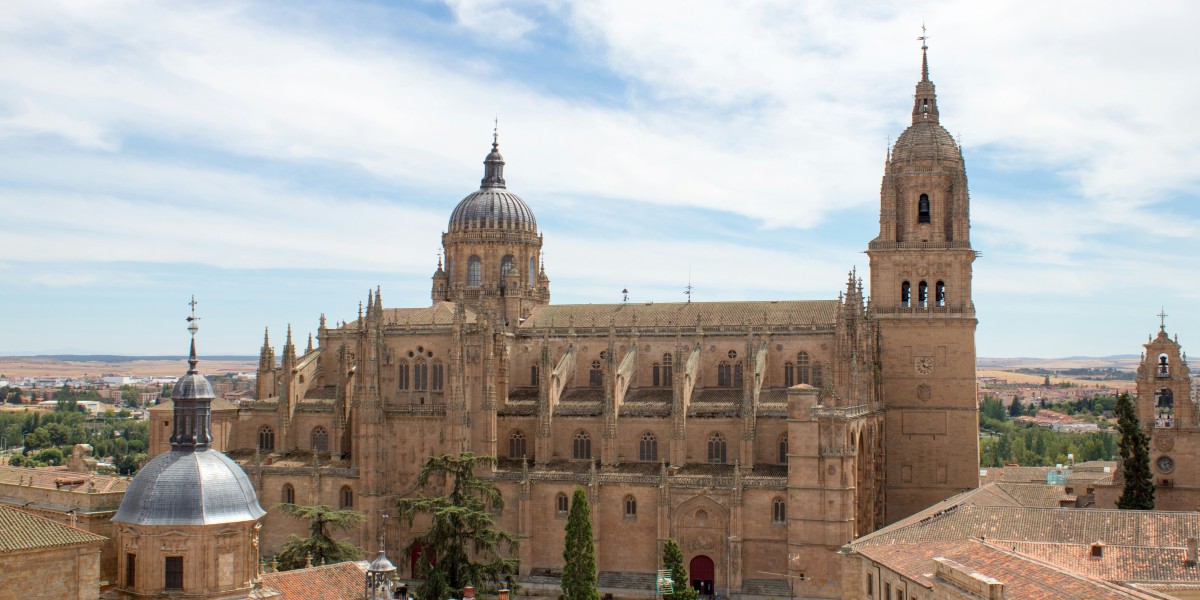
Salamanca's old city is listed thanks to its golden-stoned university, one of the oldest in Europe. The student population keeps the city feeling young and vibrant. The university itself has an incredible façade, covered in the most intricate carvings.
The best place to soak up the atmosphere is the Plaza Mayor, a beautiful and perfectly proportioned square that acts as the city’s open-air living room. The entire old town is built from a local sandstone that gives the buildings a warm, golden glow, especially in the late afternoon sun.
Old town of Cáceres
A melting pot of historic architectural styles
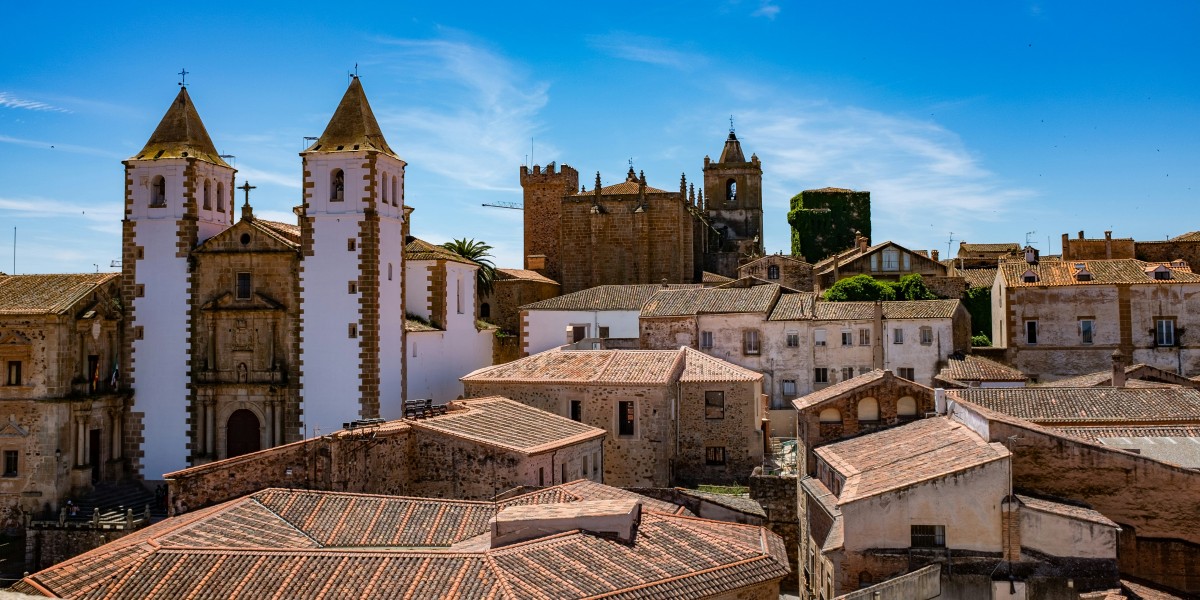
Cáceres, in the heart of Extremadura, is a UNESCO World Site that boasts an exceptionally well-preserved old town, an eclectic mix of Roman, Moorish, Gothic, and Renaissance styles all contained within its ancient walls. Its walled old town, the Ciudad Monumental, is a maze of cobbled lanes, silent squares, and fortified medieval homes.
The Plaza de Santa María is the heart of the old town, surrounded by grand stone palaces with coats of arms. What’s so striking is the lack of modern clutter – you’ll see hardly any cables or signs, which is why it's a favourite for filming historical dramas.
Old Town and churches of Ávila
A medieval city frozen in time
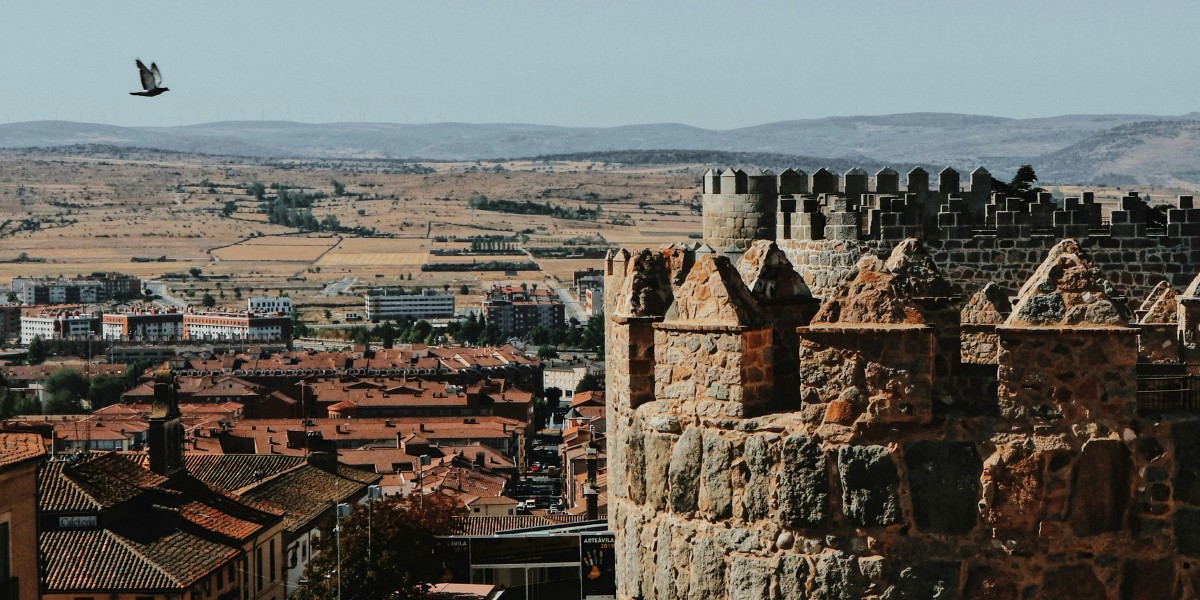
The UNESCO town of Ávila is famous for its completely intact 11th-century medieval walls, which are considered the most impressive and complete fortified complex of their kind in Spain. With its eighty-eight towers and nine gates, it looks like something straight out of a storybook.
The best thing to do is to climb up and walk along the top of the walls. The views from there are incredible, looking down into the old city on one side and out across the countryside on the other. The town is also known as the birthplace of Saint Teresa. The whole city has a quiet, contemplative feel to it, protected within its ancient fortress.
Roman Walls of Lugo
The only complete Roman wall in the world
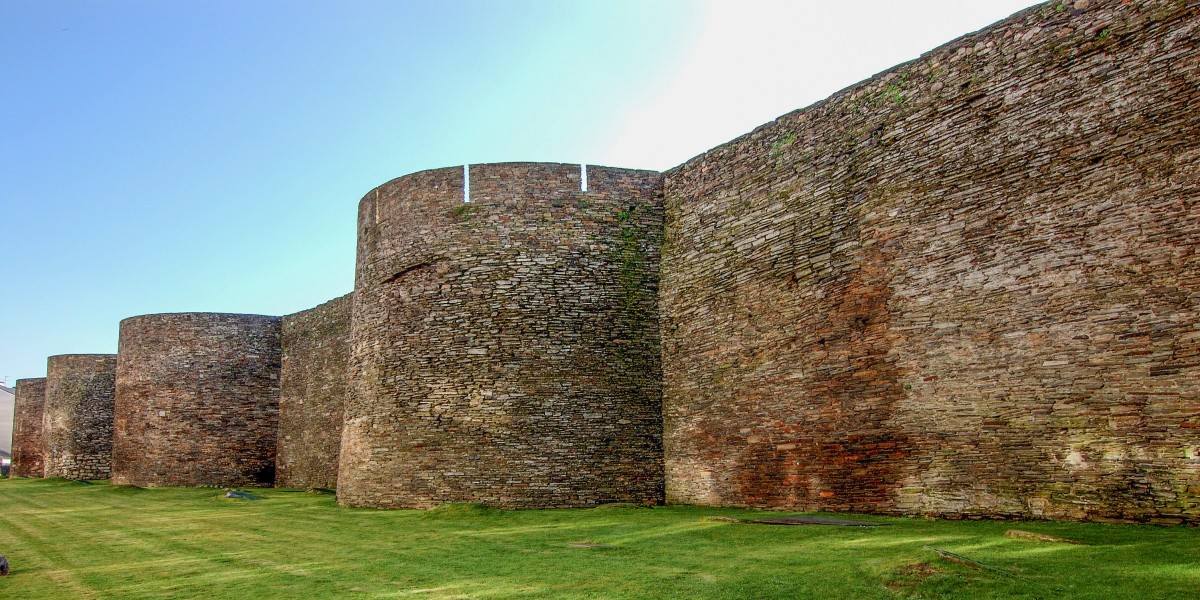
This Galician city is recognised for possessing the most intact and perfectly preserved Roman walls anywhere in the Western world. Built in the 3rd century, the walls still enclose the old town, and you can walk the entire two-kilometre circuit on top of them.
You’ll see locals going for their daily jog or a quiet evening stroll up there. It gives you a fantastic perspective, allowing you to peer into the old town with its impressive cathedral and quiet plazas, while also looking out over the modern city that has grown around it.
Completing the list: Spain's other UNESCO World Heritage towns
The legacy of the Roman Empire is on full display at Mérida, which has one of the most extensive archaeological sites in the country, and at Tarragona on the Catalan coast, with its impressive seaside amphitheatre. The idea of a planned city is also key for Alcalá de Henares, designed as the world’s first university town, and for San Cristóbal de la Laguna in Tenerife. Its grid-like layout was a first for Spain and became a blueprint for many cities built across the Americas.
Down in Andalusia, the towns of Úbeda and Baeza are listed together for their beautifully preserved Renaissance squares and palaces, which show how Italian styles were adapted in Spain. Finally, for something completely different, the high town of Ibiza, or Dalt Vila, is recognised for its formidable defensive fortifications and for the important marine ecosystem that lies just offshore.
A deeper look into Spain's UNESCO World Heritage Sites
These cities give us just an urban taste of Spain's incredible past. While the towns on this list are justifiably famous, some of the most rewarding travel experiences can be found exploring Spain's lesser-known UNESCO sites, which are often just as fascinating but with fewer crowds.
It's also interesting to see how the country's heritage isn't limited to just towns and cities. A look at the top 10 UNESCO sites in Spain reveals a different kind of list, one that includes everything from singular, monumental buildings and prehistoric caves to protected natural landscapes.
-------
Stay inspired for your travels in Spain—get our weekly newsletter for the latest travel guides, cultural news, and lifestyle tips.
